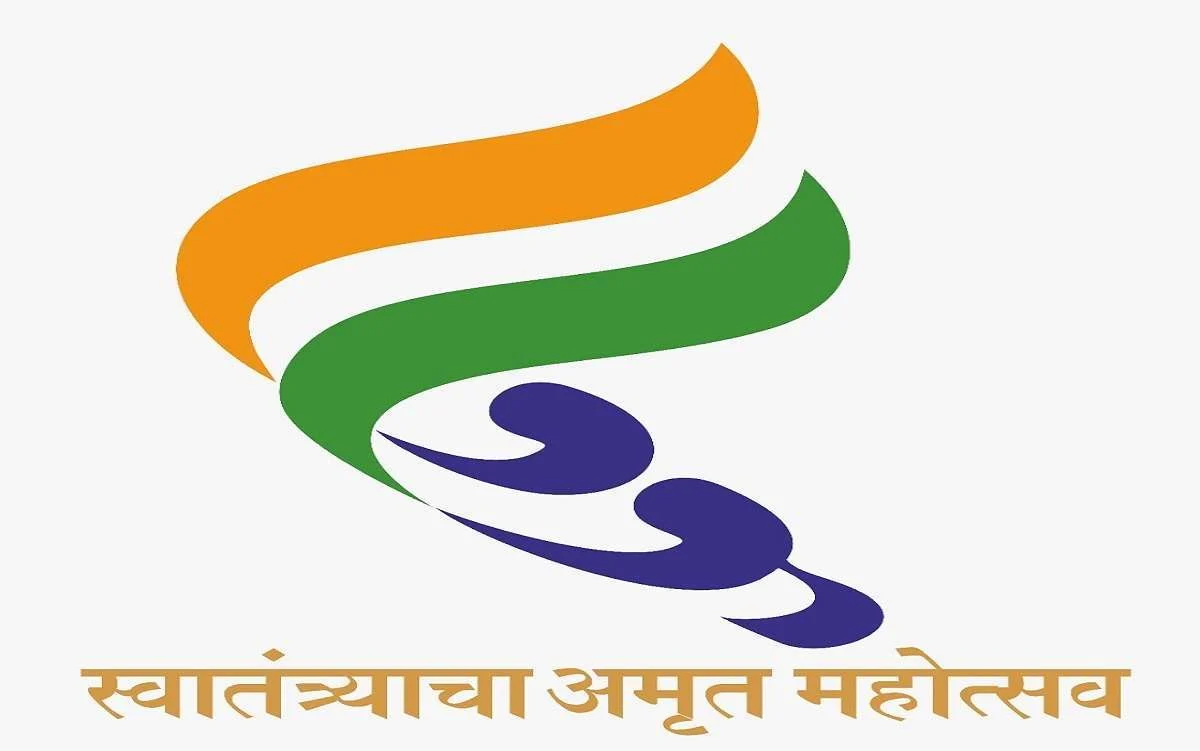Solar Power Traffic Signals - Maharashtra leads the way
For the smooth functioning and safety of the vehicular and pedestrian traffic, uninterrupted efficient working of traffic signals is imperative.
Two things are crucial to ensure uninterrupted and economic functioning of traffic signals - reliable availability of the power supply and affordable cost of energy. Unreliable and frequently interrupted power supply leads to dangerous failures and lessen the time of the signals, while increasing use of electricity makes them more and more expensive to operate.
 |

|
Solar energy proves helpful to meet these objectives. Systems have been developed to harness this perennial, abundant and cheap source of energy to run full-fledged traffic signals. The first such installation has been commissioned by the joint efforts of SYMTRONICS & SVAM Electronics, two Pune-based firms at Aurangabad. MEDA has financed the project.
Conventional traffic signals used 100 W filament bulbs in the Red, Amber and Green, lamp heads. Since a typical signal installation uses as many as 60 lamp heads,the power requirements are quite high. Besides, any interruption in the electricity supply causes interruption in the signals’ system and leads to chaos at the junction. In the new solar powered design, in place of filament bulbs; specially designed clusters of LED's (tiny semiconductor light sources) are used. These lamps consume a mere one tenth of the power needed by the filament lamps, yet they deliver the same brightness. Ingenuously designed complex optical lenses further enhance their efficiency. These energy efficient lamps, together with a solar electrical power source make the new traffic installation extremely cheap and also independent of the main electric supply. A specially designed modern microprocessor controller runs the signal. Hence it's a totally safe and environment - friendly traffic control system.
Though the initial cost is a little high, solar power traffic signal are a cost-efficient and environment-friendly choice in the long run. These signals make an important contribution to the government policy of encouraging non-conventional energy usage through support and subsidies. Many cities in the Westhave already taken steps to replace conventional signals with the new energy- efficient versions. India with its abundant sunlight cannot lag behind.












